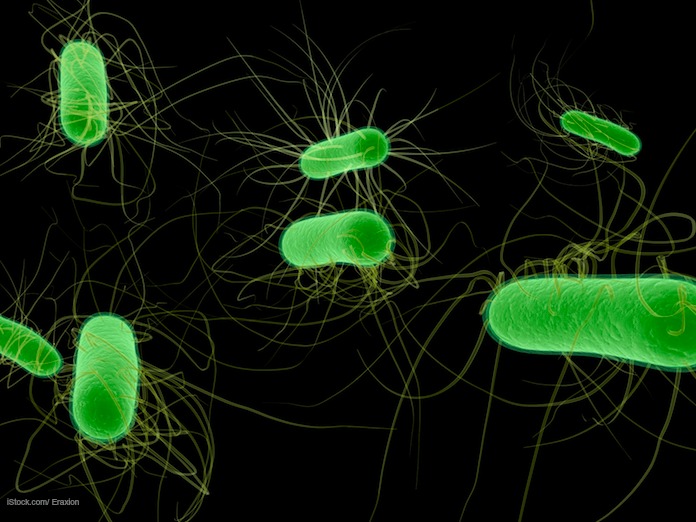As of April 20, 2018, there are officially 53 people sick in the E. coli O157:H7 HUS outbreak that is linked to romaine lettuce from the Yuma, Arizona growing region, according to the CDC. But how many people are really sick in this multistate outbreak? According to news reports and state health departments, the outbreak total could be 66.

On Friday, April 20, 2018, the Alaska Department of Health & Social Services issued a press release stating that eight confirmed cases of E. coli O157:H7 infections have been identified at the Anvil Mountain Correctional Center. Those patients are not included in the CDC count. The CDC case count for Alaska is one person ill, although the latest notice states that the seven patients will be added to the next update case count.
The CDC count for Montana is six, while the Montana Health Alert Network press release stated that three cases are confirmed, and an additional five cases are pending confirmation, bringing the total in that state to eight. Those patients live in Missoula, Ravali, Flathead, Lincoln, and Gallatin.
While the CDC case count for Arizona stands at 3, the Arizona Department of Health Services states that five cases have been linked to the outbreak. Four of those patients live in Maricopa and one in Pinal County.
And in Pennsylvania, The Morning Call reports that two patients have been treated for E. coli infections at St. Luke’s Hospital. The Pennsylvania Department of Health is investigating those cases to see if they are related to the nationwide outbreak.
So there could be at least 66 people sick in this ongoing outbreak. At least 31 of those patients have been hospitalized, or 58% of the official total, which is a very high percentage of hospitalizations in an E. coli O157:H7 outbreak. In a typical E. coli O157:H7 outbreak, about 30% of patients are hospitalized. The hardest hit states are Idaho, New Jersey, Alaska, Montana, and Pennsylvania.
Even the number of hemolytic uremic cases is high. About 5 to 10% of patients usually develop HUS. Almost 10% have developed this life-threatening complication in this particular outbreak. This could be because the lettuce is highly contaminated. Or the E. coli O157:H7 bacteria could be unusually virulent.
At this time, government public health officials are telling consumers to avoid eating all types of romaine lettuce from the Yuma, Arizona growing region. Earlier recommendations were to avoid just pre chopped romaine lettuce, but that was revised to all romaine types after the Alaska Anvil Mountain outbreak was reported.
It can be difficult to determine the exact source of lettuce you buy in a supermarket or eat at a restaurant. Unless you are absolutely sure that the romaine lettuce in your salad or sandwich was not grown in the Yuma area, it’s best to throw it out. No common grower, supplier, distributor, or brand has been identified in this outbreak.
The symptoms of an E. coli infection are striking and severe. Most patients suffer from painful abdominal cramps and diarrhea that is usually bloody or watery. People start getting sick 3 to 7 days after eating food that is contaminated with the pathogenic bacteria.
Hemolytic uremic syndrome symptoms are also striking. Patients stop producing urine; they are usually pale and lethargic, and. may have unexplained skin rashes or bruises.
Anyone who is suffering from any of these symptoms should see a doctor immediately. Shiga toxin-producing E. coli infections and HUS can be life-threatening.




